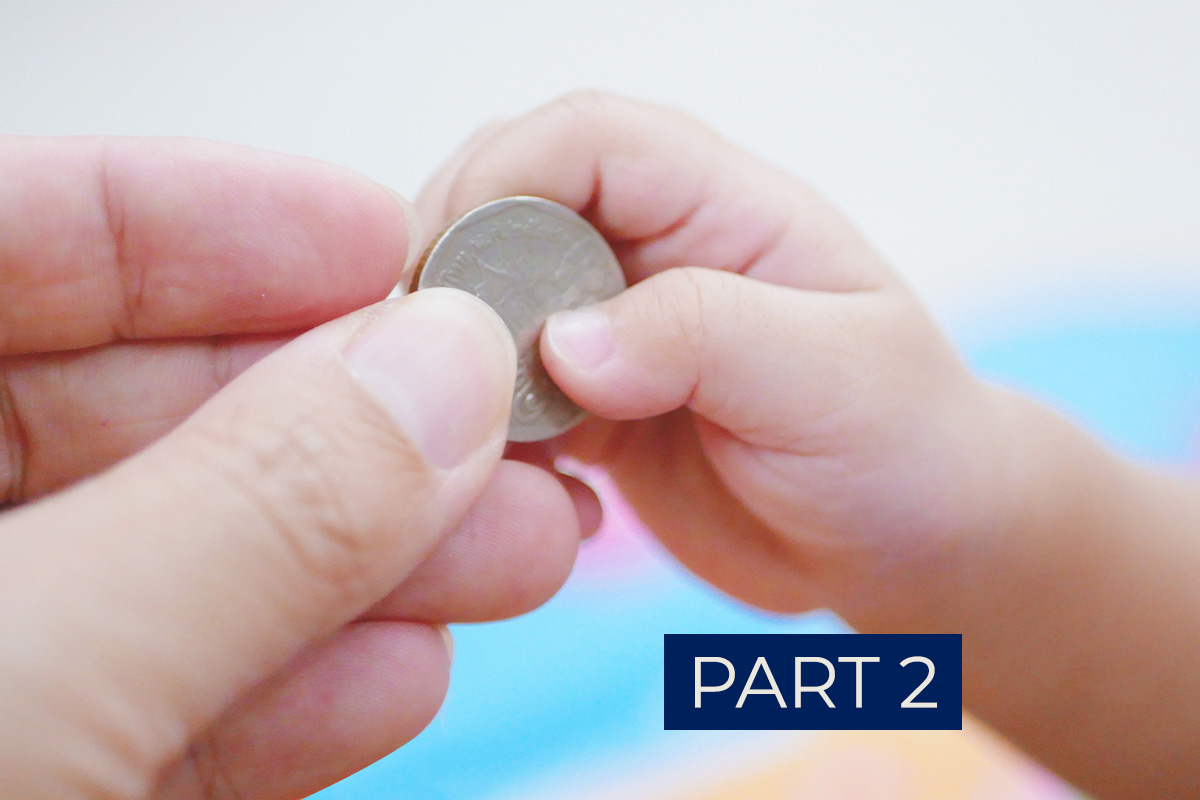Ever-changing Motherhood
Our world is fast-changing. The environment, the economy, the technology – on some days, many of us feel that the globe is starting to rotate faster than usual. And although indeed, change does not always feel comfortable, sometimes it is for the best.
Believe it or not, motherhood is something that has undergone an intense amount of transformation, especially over the last hundred years. From the pregnancy superstitions that used to dominate women's mindsets to the status of mothers in society, every stage of motherhood altered slowly, but surely. And yes, all of it was for the best.
Here is an illustration of why we think so.
Pregnancy superstitions
Pregnancy is where motherhood begins. It is indeed a special time, not only for the mother herself but for everyone around her. In the past, many external hardships interfered couples from growing their family. Therefore, when pregnancy occurred, it was a celebrated event. In the desire to carry their children full-term and deliver them safely, mothers-to-be adopted superstitions that claimed to guarantee all of that.
A widely held belief among cultures worldwide to prevent miscarrying, pregnant women must avoid weddings and funerals at all costs. Other superstitions advised that to have unproblematic labor and a healthy baby, expecting mothers should not walk under ladders or step on ropes. The list goes on and on, the best shibboleth, advising moms-to-be not to leave the comforts of their homes at all!
Nowadays, most of those superstitions are no longer trusted. They are either debunked by science or simply ignored and forgotten by modern future mommas.
Entering motherhood
Talking about safe delivery, a century ago medicine was still in its infancy. Women used to deliver at home, often without the proper assistance they needed. However, when the first maternity hospitals were established, doctors started to experiment with childbirth methods to ease labor pain.
Twilight Sleep was a common practice that involved dosing the laboring mother with morphine and scopolamine, putting her in a deep sleep, and leaving her with little to no birth experience at all. It might sound absurd to us now, but 20th-century women demanded their right to it, being misled to believe that the state of unconsciousness was a "miracle". Even so, thankfully, the method fell out of favor, proven to cause more damage than benefits.
In the last decade, obstetric innovations and practices, such as ultrasound and epidural administration have been perfected to provide safe and personalized delivery. We are yet to discover what the future holds for maternity services, but we do feel optimistic about the recent news that doctors and scientists partner to enhance them by harnessing digital technology.
Does the dad need to be here?
Not so long ago, dads were not allowed in delivery rooms. Medical historian Judy Leavitt notes that traditional childbirth was really a female event, or at least up to the 1960s. Right after hospitals ceased to use Twilight Sleep as a labor pain-relief, mothers-to-be became fully aware of the birthing process. Experiencing everything consciously, with doctors and nurses running around, not giving them enough attention, they felt... lonely and in need of emotional support. Men didn't particularly like to be seated in the waiting room, too. So they decided to speak up. The women's liberation movement, which started in the same decade, drove the campaign further, and although the efforts did not lead to a change immediately, by the 80s, fathers were officially allowed to stay during the birth of their children.
Today, regarding COVID-19's protective measurements, couples are again deprived of sharing the delivery of their baby. History repeats itself, in different means, yes, but this time serving as an aspiration for doctors to improve pre and postnatal care.
In the upcoming second anniversary of the pandemic, maternity hospitals are already updating their telehealth monitoring system, which will allow more women to remotely monitor the fetal heart rate and track for pregnancy complications all within the comforts of their homes. This technology will further increase maternity care, as it administers sense of control and reassurance.
The authoritarian vs. the authoritative mom
Delivering the baby is just a tiny step from the journey completed! Raising a baby is a totally different adventure. And here is the thing – no matter how many parenting manuals you’ve read, you will always feel lost. Truth be known, there is no such a thing as a perfect parent. Every parent is different as every child is different. Nonetheless, in the past parenting experts did not share this opinion and tried to inculcate universal rules to apply equally to every parent and child out there.
The American phycologist, John B. Watson, being one of the prominent examples advocated a rather apathetic child regarding approach. He suggested mothers must not show too much affection to their children, like hugging, kissing, and letting them sit on their laps, because it evokes unwanted overcoddling. You might be surprised, with the desire to raise independent adults, women did follow his suggestions.
Fortunately, Dr. Benjamin Spock entered the parenting world in 1946 with his publication "The Common Sence Book of Baby and Child Care". He positively revolutionized the mother's role by encouraging women to trust their instincts. His book became the Bible of parenting guidance - his approaches still favored, as contemporary mommas prefer to rely on their intuition, disregarding outdated, impassive practices.
Being a mom means what?
What does it mean to be a mother? No, what does it mean to be a woman? The two are not the same, are they? Indeed connected, but each following a different pattern of meaning.
In the past, being a woman was equal to being a mother. Women used to be defined by their ability to nurse and home-make, their full-time job being motherhood, and their children – their only measurement of success.
Modern females' role is far more complex. Within her family, she remains the mother, the homemaker, the nurturer – her motherly care and love are constant and do not change in time. Though within herself now, she strives for fulfilment, and within society, she fights for her rights as an individual and works next to men. As of 2020, nearly 82% of mothers are employed, compared to the 1950s, when the percentage barely hits 19%.
The statistics, in this case, are not just numbers, but a portrayal of how women grew outside of their primary role. Did that affect their children? Absolutely! But in the best way possible.
For all the working moms out there, do not feel guilty! A groundbreaking study from 2015 proves that your kid will most likely follow your example and become a high-achiever!
Final thoughts
What a more positive way to end the discussion rather than to infer that we are confident about the future of motherhood and the children that will be raised as a result from it. The change so far was not linear, but it admittedly brought mothers forward. Now, they are granted the freedom to shape their maternal world, deciding on their birthing plans and parenting methods. It’s true that the 21st century woman has a lot on her plate, the baby and the house not being her main responsibilities, but culture shifts around the ever-changing image of mothers and their fascinating ability to endure through anything. And as they continue to evolve, history and life will continue to move with them.










